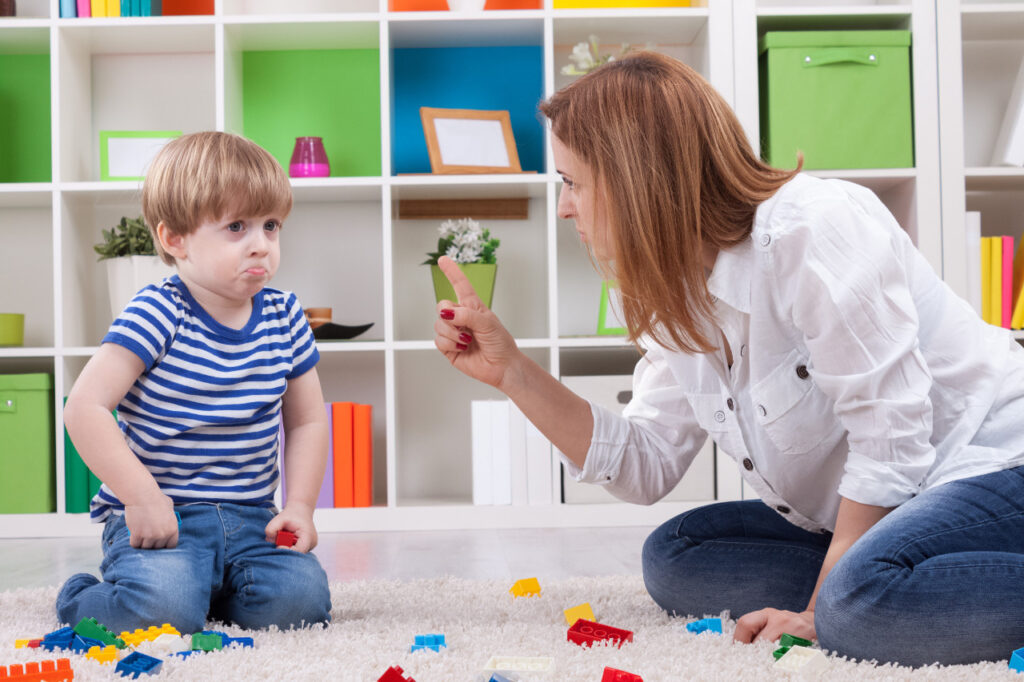The previous blog in this series focused on how disciplining a child with ADHD first starts with you. Some parents may not need to improve in many areas, but those parents are few and far between. Part of parenting is taking a look at yourself first, making adjustments, and then utilizing tools with your children. This blog focuses on some specific tools.
ADHD children commonly struggle with impulsivity, hyperactivity, forgetfulness, emotional control, transitions, and initiation, just to name a few. Keeping that list in mind will help you understand how overwhelming their worlds may feel sometimes when they struggle with frontal lobe or executive functioning tasks that are required in everyday life. ADHD children may hear the word “No” often and constantly feel like they are being corrected by adults. A cornerstone of parenting ADHD children is learning to encourage or praise them for things that they are doing well. This helps them focus on what you want them to do versus highlighting what they cannot do or are doing wrong. In the same vein as the saying, “Use your words,” you want to direct them towards appropriate behavior.
You also want to give them age-appropriate choices. Due to their challenges with emotional control and forgetfulness, you’ll be most successful if you give them only two choices. This will:
- help build confidence
- give them a chance to stop and think (problem solving skills)
- teach them to be responsible for their actions (reduces learned helplessness/victim behavior/blaming)
- reduce meltdowns.
This technique only works in the preventative stage of a meltdown. Also, make sure your kiddos clearly hear the choices offered because ADHD children often hyperfocus on whatever they are doing or get lost in their imaginative play. You may want them to restate the choices so they actually process them in their brain. This is not always necessary, but it can be helpful for some children. If they intentionally don’t respond or ignore you, then at this point, indicate that they have therefore chosen whatever the alternative is- not to have screen time, not to go outside, to go to bed earlier, to do extra chores, etc. This also removes you from the “bad parent who always punishes” scenario and puts the responsibility back on them. It can also be beneficial to clearly outline “no choice” consequences during calm times so your children know what to expect when these situations arise. When you provide them with choices or consequences, it is very important to remain calm and not react- some call this the “robot parent,” because it requires minimal emotions. And the follow-through is imperative; you must follow-through and be consistent! Later, if necessary, you can discuss what was hard about making a choice and what you all can do next time to avoid the natural consequence. This creates collaborative repair after difficult behavior.
Any time your children are required to transition or shift, it is beneficial for them to have some advance notice. This reduces the interruption to their brains if they are hyper-focusing, prepares them for the next activity if they have anxiety due to ADHD, and gives them a chance to emotionally understand how to process moving on from the current activity of choice. The lack of preparation and warning will often lead to meltdowns, which is likely not their fault. This is a characteristic of ADHD and not willful disobedience or active rebellion. It is a brain issue. In this situation, it can be very helpful to validate their feelings and experience. Verbalize your empathy with their struggle, label how important they feel it is to continue with their current game, or acknowledge how finishing their task at hand is very meaningful because they don’t want to forget their place.
Empathizing with your children does not mean that they will get their way, but it is a form of connecting and it allows them to feel seen and heard in their experience. This is especially important since it allows you to acknowledge that how they function may be different than how you as a parent functions. You need your children to fully listen to you, which requires listening with their eyes and not just their ears. In return, you need to fully listen to them.
Lastly, another tool for successfully disciplining ADHD children may include creating an incentive chart that allows them to earn (not lose) rewards. Reward charts are not meant for long term use or to be the sole form of discipline, but they can be utilized to:
- increase self-confidence
- increase motivation
- decrease challenging behavior
- teach new ways to manage difficult behavior
Overall, ADHD children require a significant amount of effort on the part of the parents and even force them to “act as” their frontal lobes at times. Keep in mind, discipline is a form correction to help people learn, whereas punishment increases the level of shame. If ADHD children repeatedly get sent to their rooms as a consequence for difficult behavior, they may not learn anything as a result. They may get distracted or even forget what they did wrong. A true consequence will eventually correct their negative behavior. Some of these methods may take time to become effective, and they will definitely take patience and a lot of practice on your part as a parent. But in the end, the results will be worth it!

